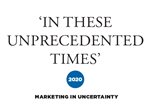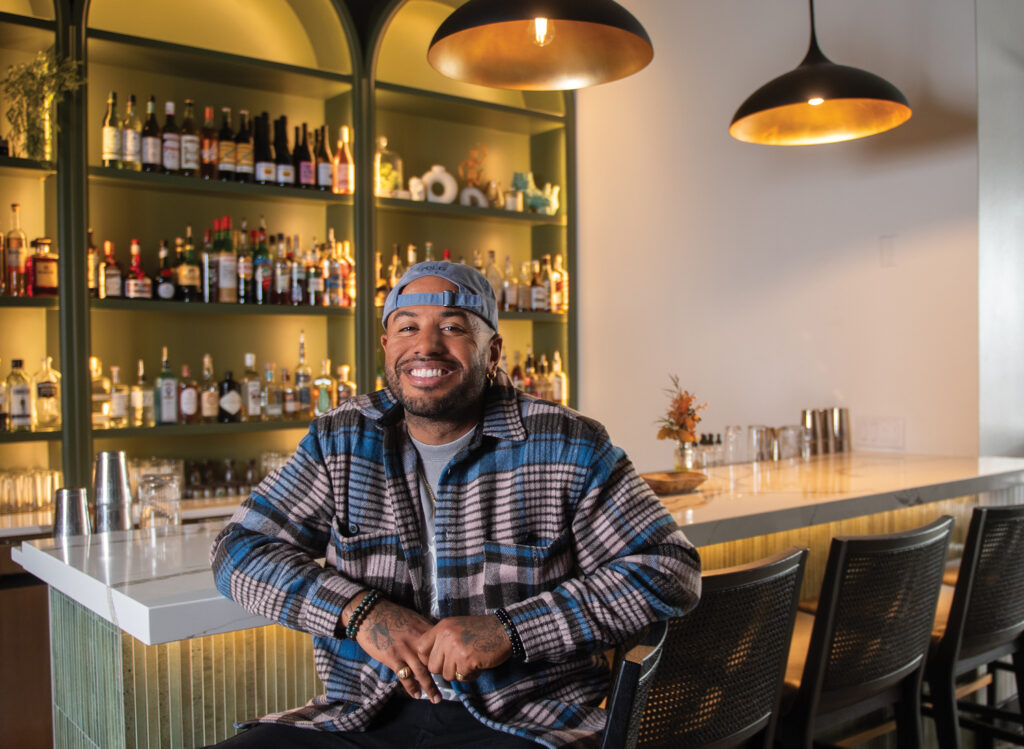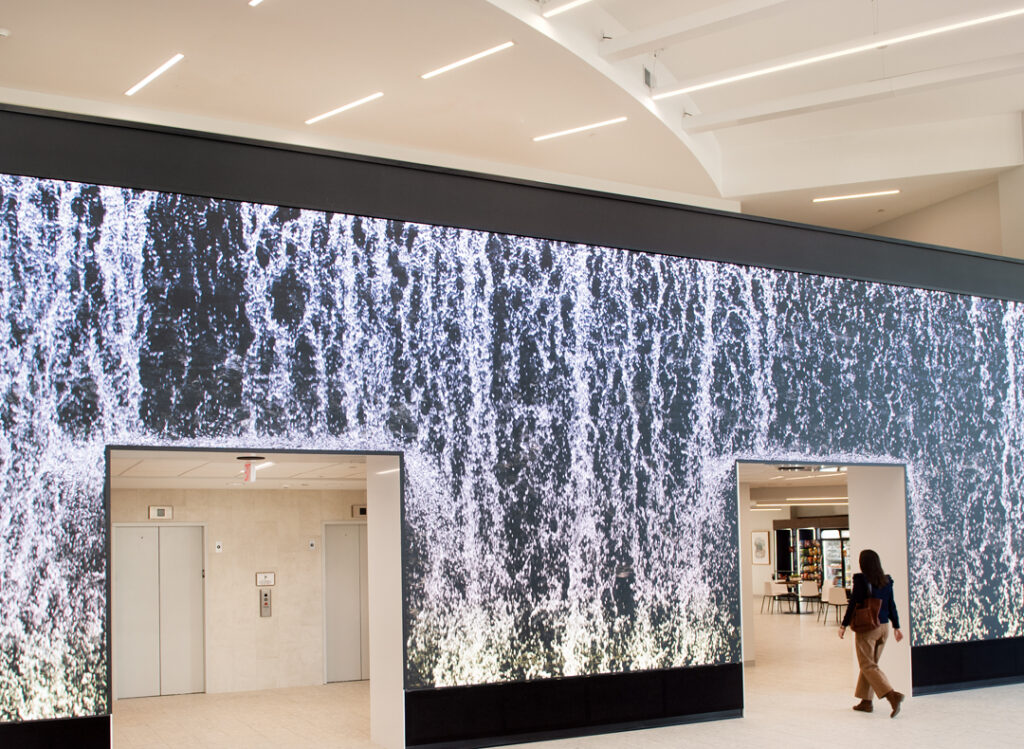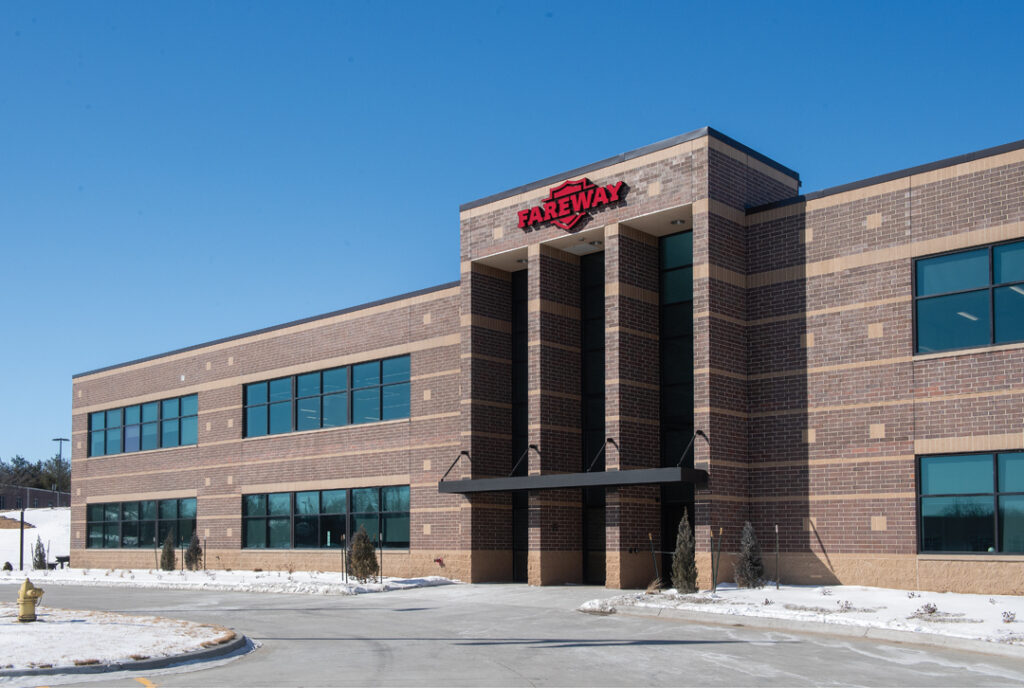Marketing in uncertainty
Perspective, empathy and flexibility key to reaching stressed-out audiences, agencies say

KATE HAYDEN Oct 22, 2020 | 5:56 pm
5 min read time
1,241 wordsBusiness Record Insider, Sales and MarketingWhen the COVID-19 pandemic arrived in Iowa in March, marketing teams described trying to contact frazzled businesses who were focused on maintaining operations, not on marketing messages.
Business closures in March were just the start of a tumultuous year: By June 1, businesses had to consider how to respond to cultural pressure after George Floyd’s death by police hands sparked international civil rights protests for months, on top of the stress of a continuing public health crisis. Pressure continued to mount as parents and school districts prepared to return students to school, and a devastating Aug. 10 derecho storm destroyed property and homes across Iowa.
“The people that we work with are so focused on running their businesses and the operational pieces of that, and we have to be this voice of the marketing,” said Katie Patterson, CEO at Happy Medium. “This year, it’s had to ring even louder because they are so focused on keeping their business open. … They need us to be that calming force that’s thinking about all of their users, even more than usual.”
In the middle of all that, some marketing campaigns flat-out missed the mark with exhausted consumers.
“How many emails did we all get about ‘in these unprecedented times’? I don’t need to hear that from my toothpaste company,” said Sarah Miller, partner at Performance Marketing. “People can sniff out when a brand is paying lip service and trying to jump on the bandwagon. … Audiences are pretty savvy about that.”
To provide that, brands need to decide on a strong point of view that aligns with their values. Once brands establish a point of view, embracing a flexible approach to marketing will let companies respond to a challenging environment.
“Some companies’ ability to be flexible sometimes can be challenging in and of itself because of the layers that exist,” said Brett Adams, chief marketing officer at Trilix. “You’re trying to be as nimble, as fast as you can, but making sure that you’re doing it in a way where you’re accurate and responsible, and understanding that you have a lot of people that are relying on your consultation.”
Be thoughtful
By late summer, consumers had started to see advertising released with people wearing masks. That’s important to consumers who want to see their life reflected, Patterson said.
“At the bare minimum, you need to be thoughtful about it and not ignore the situation that you’re in,” Patterson said. “It’s not exhausting because we’re in a pandemic or because big social justice issues have happened this year. … [it’s] the climate that we’re in, and that will never change because climates will always evolve.”
Consider how the message will leave a long-term impact, Adams said: “People are seeing how companies are running their business and how they’re conducting business right now, and that will have a long-term impact on how people perceive that brand.”
Silence by a business on important issues can be as much of a message to the audience as a crafted advertising campaign, Miller said.
“For our clients, it’s more of a risk of people just tuning them out. If they’re just adding to the noise, they’re just going to get lost,” Miller said. “If they come out with a message that’s tone-deaf, they run the risk of the audience thinking, ‘You don’t know anything about my situation.’ ”
“I’ve heard brands talk about post-COVID and it’s like, who’s post-COVID? We’re in the thick of this,” she added.
Have hard conversations
The depth of economic and cultural uncertainties this year caused plenty of business clients to delay some of their annual planning processes for the holiday season and early 2021. Marketing teams can help their clients reallocate budgets to more effective tools for the time, and adapt messages to the cultural tone of their audience.
“Brands have a major opportunity to support their users in unique ways,” Patterson said. “My biggest value that I’m bringing to my clients is listening about the frustrations they’re having as a business owner or a marketing department in a pandemic.”
Clients might feel exhausted by the need to keep adjusting plans with their marketing team, but it’s crucial that they remain open to staying flexible.
“If you are in front of a client that wants to act like this doesn’t exist … we have to evolve with what the current climate is and how your users are being affected, and being respectful and thoughtful about the experiences that they are having,” Patterson said. “Those are the ones that we believe will succeed better, because they came with empathy and understanding and adaptation for those moments.”
Find new tactics
Helping clients connect with industry influencers has helped build intimacy and security with audiences, Miller said — and there are influencers beyond Instagram and TikTok audiences who tailor to industries as niche as landscape contractors.
“If we help our clients choose the right influencers, they will help guide us to the timing, the content and the tone of the message to help get it right for their audience, versus us blasting something out in a mass fashion,”
Miller said. “It feels like a really, really great tactic for the time. It’s below the level of noise — if you turn on network TV locally, the political commercials are one after the other after the other, and trying to squeeze a brand out in there is sort of like throwing money into the wind. It’s expensive, and there’s so much noise.”
Although the industry is professionalizing quickly, the growing number of influencers are still close enough to their communities to be personal in a way other media outlets struggle with.
“There’s a lot of consumption right now of media being online, mobile — broadcast television viewing or connected TV view habits are significantly up, so there’s a good opportunity to get your message out in front of your customers and stay relevant,” Adams said.
Targeting advertising on digital platforms will continue to help clients reach customers despite geographic boundaries.
“Local spending might still be helping a local store [but] in a different city. It doesn’t have to just be local to your own place,” Patterson said.
Leading clients forward
When so much of the cultural climate is unpredictable, open communication between marketing teams and businesses is crucial to planning future campaigns, marketers said.
“Things that would kind of annually run like clockwork, or kind of at a certain time — this will be the first winter that we go through in this pandemic. What a traditional season from now to the end of the year might have looked like for a company is potentially going to look significantly different,” Adams said. “When you’re talking tone or communicating a message, you’re looking for things that you believe provide the most positive impact for the audience that you’re trying to communicate.
“There also might need to be a little bit of sensitivity or lightheartedness, or even, dare I say, a little bit of comedy provided just to kind of say, ‘OK, we understand that,’ ” he added.
Be prepared to continue this new line of planning for the long haul, Patterson said.
“People are convinced that 2021 is where it’s all going to be better, and I feel like I’m constantly warning people right now that Jan. 1, 2021, is not some solution,” Patterson said. “The world has changed, and we have to evolve with it.”










